order
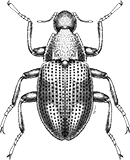
Coleoptera
“Adult Beetles”

Coleoptera
“Larval Beetles”

Diptera
“True Flies”

Ephemeroptera
“Mayflies”
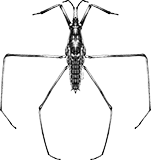
Hemiptera
“True Bugs”

Lepidoptera
“Aquatic Caterpillars, Snout Moths”

Megaloptera
“Alderflies, Dobsonflies, and Fishflies”
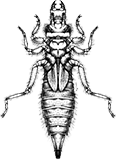
Odonata
“Dragonflies and Damselflies”
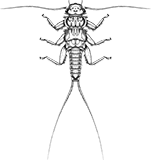
Plecoptera
“Stoneflies”
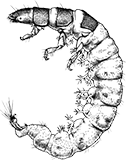
Trichoptera
“Caddisflies”
family
Perlodidae
“Stripetails, Springflies, Yellow Stones”
Genus Overview
The genus Isoperla contains over 57 species, making it one of the largest stonefly genera. Larvae prey on Chironomidae and Simuliidae (Diptera), Ephemeroptera, and Plecoptera; some feed as collectors-gatherers, especially when young. Members of this genus are mostly univoltine, meaning that they only have one generation per year. Emergence can occur throughout the spring and summer. To emerge, the larvae crawl out of the stream onto rocks or logs before molting to an adult. They are an important food source for trout in eastern streams. Fly fishermen often know them as the Light Stonefly, Light Brown Stonefly, or Little Yellow Stonefly, and often try to mimic the look of the larvae in their tied flies.
Characteristics
POLLUTION TOLERANCE
Southeast: 0 - 5.6
Upper Midwest: 2
Mid-Atlantic: 2
0 = least tolerant, 10 = most tolerant
FEEDING HABITS
Collector / Gatherer
Engulfer / Predator
Engulfer / Predator
MOVEMENT
Clinger
Sprawler
Sprawler
DISTRIBUTION
Widespread (east of the Rocky Mtns.)
HABITAT
Lotic-depositional
Lotic-erosional
Lotic-erosional
Diagnostic Characters
order
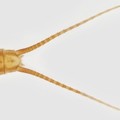
Two Tails
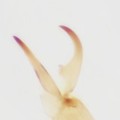
Two Tarsal Claws
family
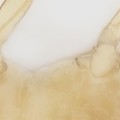
Gills Absent
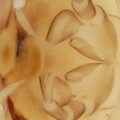
Glossae Shorter Than Paraglossae
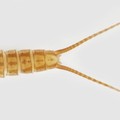
Tails Subequal To Abdomen
+ Expanded Character List
Order:
Wings developing in wing pads. Mouthparts suitable for chewing. Gills digitiform and located near mouthparts, on neck, sides of thorax, or underside of base of abdomen, never on top or sides of abdomen. Two tarsal claws per leg. Only two tails (cerci).
Family:
Paraglossae and glossae about same length. Second tarsal segment of each leg about same length as first. Wing pads divergent, not parallel with body. Gills absent from thoracic and abdominal segments of eastern species. Hind legs do not reach end of abdomen. Tails are subequal to the length of abdomen or longer. Thoracic nota usually with distinct pigment pattern.
Genus:
Lacinia usually each with two apical teeth, mesal tooth shorter and inner margin of lacinia without low knob. Abdomen often with dark longitudinal pigment bands. If abdominal pigment bands absent, triangular region among 3 ocelli completely covered by dark pigment, occiput (posterodorsal region of head) without pair of oval markings bordered by short thick setae and occiput and/or prothoracic margin with transverse row of short stout setae, submental gills absent or barely projecting beyond sides of submentum, mesosternal Y-arms meeting or approaching posterior corners of furcal pits and no other sutures between furcal pits, and femora or tibiae or both with fringes of long setae.
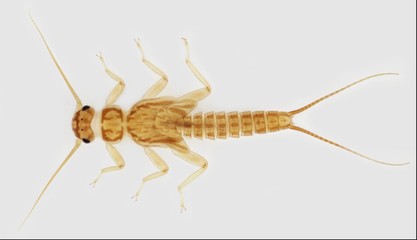
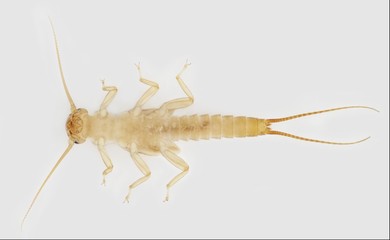
Dorsal
Ventral



